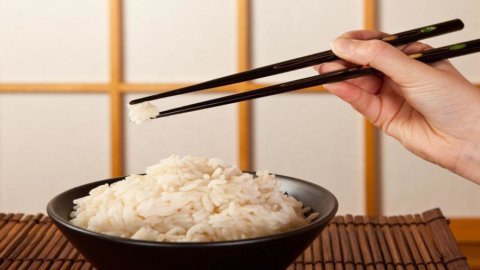There are not only World Heritage sites. Unesco keeps the official list and Italy, in one of its rare firsts, is at the top of the list in terms of number of sites (for cultural, architectural and natural beauties). But there are also heritages, as Unesco defines them, "oral and intangible". More than a hundred are listed: for example, for Italy there is the Canto a Tenor of Sardinian pastoral culture, the Sicilian Puppet Theater and the Zibibbo of Pantelleria.
The definition of “oral and immaterial” is a bit vague and the list also includes the Fujara: a very long flute with three finger holes, considered as an integral part of the traditional culture of Slovakia. But now in China I also want the sticks used for eating to become part of the World Heritage.
These chopsticks are used so frequently that they have spawned their own set of labels and traditions, according to Lan Xiang, curator of the Shanghai Chopsticks Museum. Sticks have been used for 3 thousand years and from China, especially from Shanghai, they were introduced to neighboring countries - Korea, Japan, Vietnam - at least a thousand years ago. Today nearly two billion people use them to eat.





